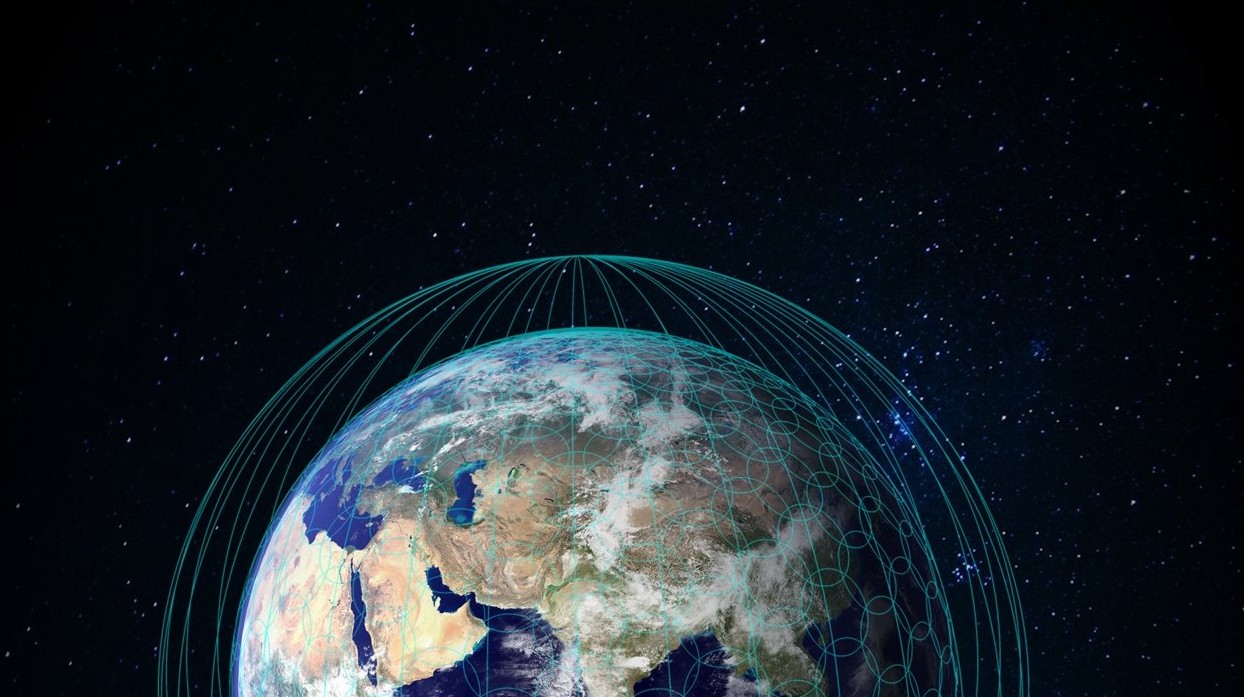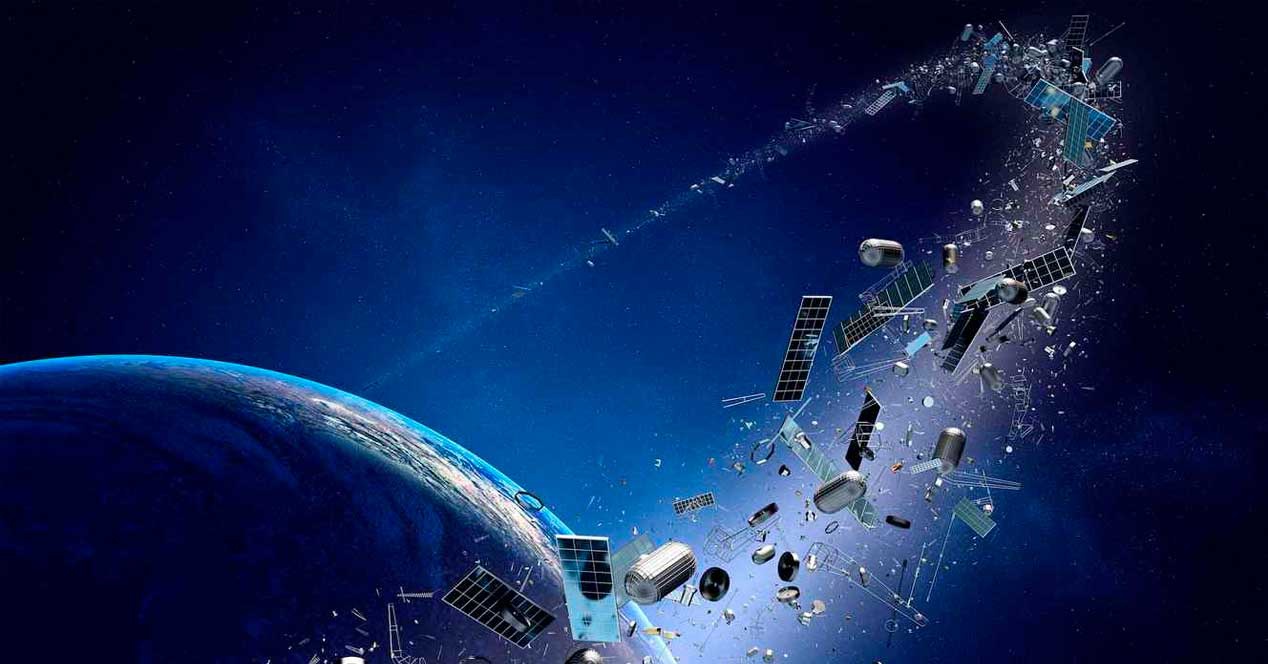
Last year, Space Exploration Holdings, LLC (SpaceX), a private aerospace company,
filed a request for permission to operate its own satellite communications network with US government agencies. In this case, the request included some technical details of the project. In particular, the document stated the need to launch into orbit more than 4 thousand satellites. After the network is deployed, the company plans to begin providing high-speed network access services on a global scale at Ku (10.7-18 GHz) and Ka (26.5-40 GHz) frequencies.
4425 satellites - this is three times more than the machines operating in Earth orbit now. And this is not the limit, since in March this year the same company
decided to put 12,000 satellites into low Earth orbit. In addition to SpaceX, applications such as OneWeb, Telesat, O3b Networks and Theia Holdings have filed applications for the withdrawal of their own communications devices. The other day, SpaceX and OneWeb told the US Congress about their future plans.
As it turned out, both companies plan to launch the first communication satellites into orbit within a few months. At the same time, SpaceX and OneWeb work separately from each other, being competitors. In addition to disclosing plans for the withdrawal of satellites, both companies outlined what they were going to do to prevent a significant increase in space debris.
The first were representatives of SpaceX. The company Ilona Mask said that during the next few months several prototype communication satellites developed by SpaceX engineers will go into orbit. If the launch into orbit and testing is successful, the company will begin to deploy its own satellite Internet connection network in 2019.
Interestingly, in Congress, the company operated on the previously declared number of satellites among 4425 vehicles. SpaceX plans to deploy a full-scale network within five years. Initially, 800 devices will be sent into orbit, and all the rest will follow.
For SpaceX, the situation is made easier because it has its own rockets, and the launch of satellites into orbit will be carried out with their help. A laser will be used to communicate with each other, using this technology, satellites will “learn” about their neighbors, coordinating their position in space. About 20 orbital systems will be visible from anywhere in the US.
It will be possible to connect to satellite Internet using special terminals, which are easy to install. The company promises that the cost of connection will not be too high for subscribers.

What about OneWeb?
This company also speaks of its intention to launch the first 10 communications satellites in the next two months. True, here we are talking about working satellites, and not just test samples. In 2019, the company is going to deploy a network of 900 vehicles in orbit.
The launches will be carried out by the Soyuz, LauncherOne (Virgin Orbit), New Glenn (Blue Origin) rockets. The head of the company, Greg Weiler, said that the network will be deployed in stages, there are three of them. After the first network appears in low Earth orbit, subscribers will be able to connect to the network at speeds up to 500 Mbps. At the second stage, when additional satellites will be launched, the speed will increase up to 2.5 Gbit / s. By 2025, the company plans to get about 1 billion subscribers. In total, approximately $ 30 billion will be invested in this project. Everything will be fully implemented by 2027. For the first stage, the total capacity of the satellite network will be 7 terabits, the second - 120 terabits and the third - 1000 terabits.
But what about space junk?
Both SpaceX and OneWeb
are planning to achieve safe placement of satellites in orbit. This is extremely necessary, because the destruction of only one satellite will lead to a chain reaction, as a result of which a whole cloud of space debris will appear in orbit, which may affect the space program of humanity in the future. But the satellites will be thousands, not one.
 To prevent anything like this, space agencies and private companies should cooperate with each other.
To prevent anything like this, space agencies and private companies should cooperate with each other.In order to avoid problems, each satellite will have its own orbit, which will not pass through the orbits of other spacecraft. “Each of our systems will be at its own height, so that we are sure that satellites will not be able to be in the same place at the same time,” the head of OneWeb
said .
In addition, both companies, and SpaceX and OneWeb, expressed the need for cooperation between different space agencies and private companies in the fight against space debris. If this cooperation is established, then the likelihood of problems will be reduced to almost zero.